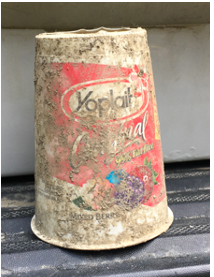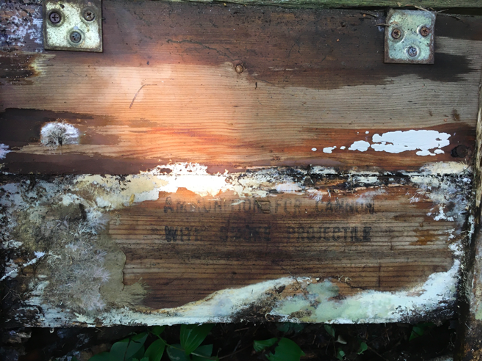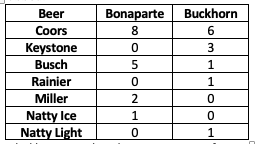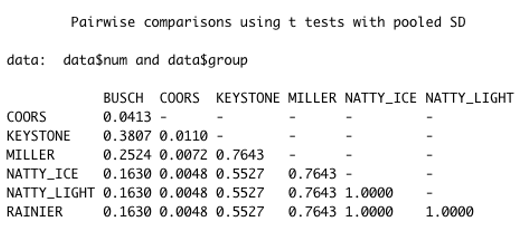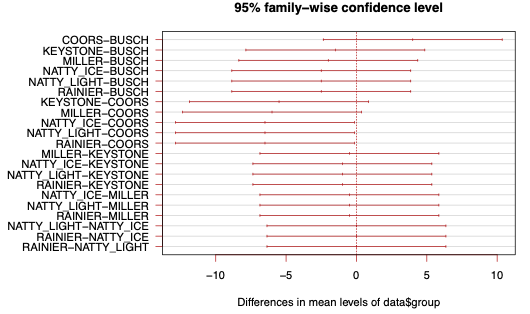During the course of this internship myself and my co-intern collected lots of seed. Probably more than all the other interns at all the other forests. I ate each of the seeds we collected to see what they tasted like, here are some my thoughts:
Anaphalis margaritacea
The seeds are very small and connected to a cottony pappus. Did not make for good eating as they were barely palatable. The pappus got caught in my throat, leaving an everlasting sensation of discomfort that lasted for weeks. (1/10)
Artemisia tridentata
Small, but numerous with a slight sagey flavor. Bit strong on their own and left me with a severe runny nose; I may be allergic. Regardless, I see the appeal. Could be used as a poultry seasoning. (3/10)
Bromus sitchensis
Large and hard seeds, very grain like. Had an almost salty and metallic flavor. Though, they stabbed into my gums when consumed at the wrong angle. It hurt to eat certain foods for weeks. (3/10)
Calamagrostis rubescens
Very small and chaffy. Lacking flavor and substance. Not much to say. (1/10)
Carex aquatalis
Small, but kind of dense. Not much flavor, which could be a good thing. Better eaten as a “cob” rather than as individual perigynia, which is true for all the carexes collected. (2/10)
Carex lasiocarpa
Large perigynia, but kind of hairy which I did not like. Best thing I can say about it is that it did not have any noticeable flavor. (2/10)
Carex utriculata
A lot like Carex lasiocarpa, but without hair. Very enjoyable to nibble on the little cobs, made me feel like a squirrel. (4/10)
Chamaenerion angustifolium
Like Anaphalis margaritacea seeds, but smaller and with more fluff. Had cotton stuck in my throat for days. Absolutely terrible, no redeeming qualities. (0/10)
Cinna latifolia
Like a larger Calamagrostis rubescens in terms of texture, but had a bitter taste. I guess it was nice to feel something. (2/10)
Elymus glaucus
Like Bromus sitchensis, but with a longer awn which did not make for good eating. (2/10)
Eriocoma nelsonii
Like Elymus glaucus, but with a longer awn which did not make for good eating. (1/10)
Eriogonum heracleoides
The seeds were really hard and difficult to chew. Though, they did not taste bad. Perhaps cooking them would have yielded a more pleasurable experience. (3/10)
Erythranthe guttata
Very small, no flavor distinguishable. Felt like having a mouthful of sand. Potential value as a powerful laxative. (1/10)
Glyceria elata
Small and rotund with an almost sweet taste. Unfortunately, the seeds were covered with bugs. The squirmy feeling of bugs in my mouth was unable to offset the boost of a higher protein content. (3/10)
Glyceria striata
Like Glyceria elata but with fewer bugs (still some though). Could be the next quinoa. (5/10)
Lupinus sericeus
I read that lupine seeds are poisonous, so to be safe I only ate one. Still, this was enough to make me violently ill. Better than Chamaenerion angustifolium though. (0/10)
In conclusion, most of the seeds we collected lack any sort of culinary value, but they may be valuable for native habitat restoration. I guess that’s good enough.

